Public Relations & Artificial Intelligence – A new Alliance
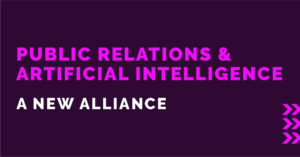 As digital transformation advances, many companies are turning to Artificial Intelligence (AI) to streamline repetitive processes and become more efficient. Public relations (PR) does not avoid this reality, since more efficient and successful public relations campaigns may be created by making clever use of AI. According to a study by the CIPR (Chartered Institute of Public Relations), the use of this technology in PR will triple in the next five years.
As digital transformation advances, many companies are turning to Artificial Intelligence (AI) to streamline repetitive processes and become more efficient. Public relations (PR) does not avoid this reality, since more efficient and successful public relations campaigns may be created by making clever use of AI. According to a study by the CIPR (Chartered Institute of Public Relations), the use of this technology in PR will triple in the next five years.
Thanks to AI, companies can quickly search for information available on digital platforms and take the content of interest to their customers by programming a search bot. It’s also used to monitor media coverage of products and services of competitors. It then provides PR professionals with better access to the data required for a clear understanding of the performance of a press release and identifies any necessary adjustments. Relying on an AI system to seek out specifically defined information and present it in an easy-to-read format, dramatically accelerates the process of analyzing and interpreting data from multiple, concurrent channels, allowing for a more complete overview delivered in less time. For example, a quick evaluation of a particular article or social media post offers a greater insight into the target audience’s preferences and reveals the performance updates used to measure the outcomes.
According to a New Vantage study, it is estimated that 99% of organizations are investing in AI or Big Data
Here are some examples of tasks that an AI system can perform in PR:
1- Text-to-Speech (TTS) technology: AI offers more and more diverse ways to make life easier. Today, for example, TTS solutions are used for a variety of purposes: whether to optimize schedules, automate processes, or stand out from the competition, this technology improves your customer service experience by detecting voices and converting them to text. This is useful for transcriptions of media interviews and searching for podcasts or press conferences.
2- Predictive analysis: This type of analysis offers tools that help personalize reporting angles for journalists based on interests, past coverage, personalities, and trends, and predicting the likelihood of news information being covered.
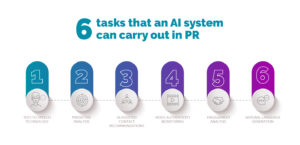
3- AI-assisted contact recommendations: While not yet perfected, there are tools that can help you proactively discover reporters writing about the IT industry, allowing you to target the outlets most likely to publish your news rather than manually compiling traditional media lists based on category and keyword searches.
4- Video Authenticity Monitoring – There are even tools that can be used to monitor “fake” videos that could negatively affect brand reputations.
5- Engagement analysis: Tools for performing advanced sentiment analysis on social media are also being developed.
6- Natural language generation: Using this technology, machines can produce information and convert it into different languages for wider distribution.
Challenges of AI in PR
As organizations accelerate their digital transformation, the issues in PR service management concentrate on rebuilding businesses while minimizing downtime. This year’s major challenge is on applying AI to more and more day-to-day tasks. However, at Isource Marketing, we identify two additional challenges: monitoring accuracy and data security.
As the volume of digital content increases, so does the challenge of accurately monitoring and measuring it. Media monitoring companies play an essential role in the information supply chain, capturing vast amounts of content, data, and metadata daily. Historically, media monitoring organizations depended on manual human labor to gather and evaluate this data; now, AI and machine learning are becoming increasingly essential. Similarly, privacy and security are the main factors that influence the availability of data and resources for a public relations officer, and it becomes another challenge because these data are generated from millions of users around the world (personal data of journalists, influencers, IT companies, etc), and there is a possibility that vulnerabilities exist and are taken advantage. Some companies have already begun working creatively to overcome these obstacles.
With an increasing need for AI, what is the function of the communicator or public relations professional?
To avoid being stuck with PR tools from the past, PR professionals must go further into achieving goals with companies in a disruptive and inventive way, with the help of new technology. Machines do not capture knowledge from the outside as the human brain does, and they do not have feelings or experiences, or even perceive what is happening in their environment as easily. These tools are based on information previously directed by people.
Regardless of technology, it is important to consistently keep a human value in the relationship of PR work
When developing a communication strategy, a brand may be unwilling to communicate with a robot or computer because it is a strictly “relational” activity. As a result, regardless of technology, it is important to consistently keep a human value in the relationship of PR work and to always be in direct and personal contact with the client. AI and technology, in general, should be viewed as a professional’s partner in public relations. This is how the interpretation of the AI’s results and the subsequent action plan should be personally supervised and endorsed.
Isource Marketing we see AI as a tool to embrace and provide advantages in data collection to focus on metrics and creativity in the marketing industry. Our strength is technology, but we also understand and adhere to the principles of a sense of belonging and closeness to our customers, because most of the critical responsibilities of public relations professionals demand a high degree of personal approach. For this, we are guided by four capabilities in our PR area: the development of creative strategies, the establishment of client trust, the creation of original content and narratives, and the empowerment and development of new business relationships. If you need advice on this subject, contact us! We will be happy to help you:: https://isource.agency/#services

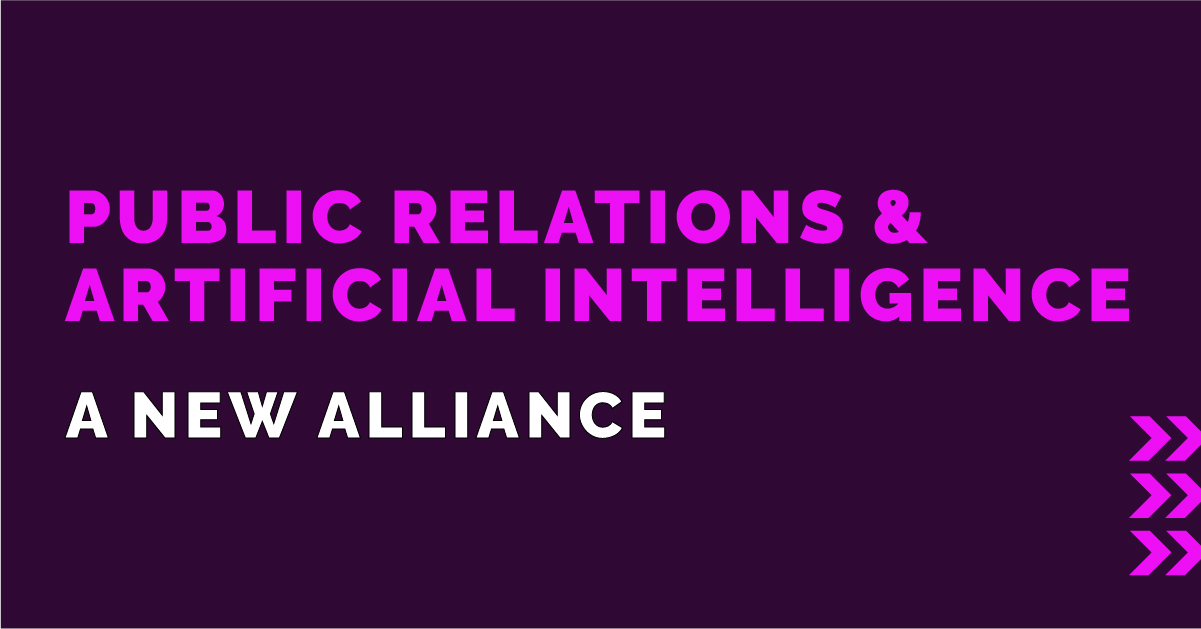



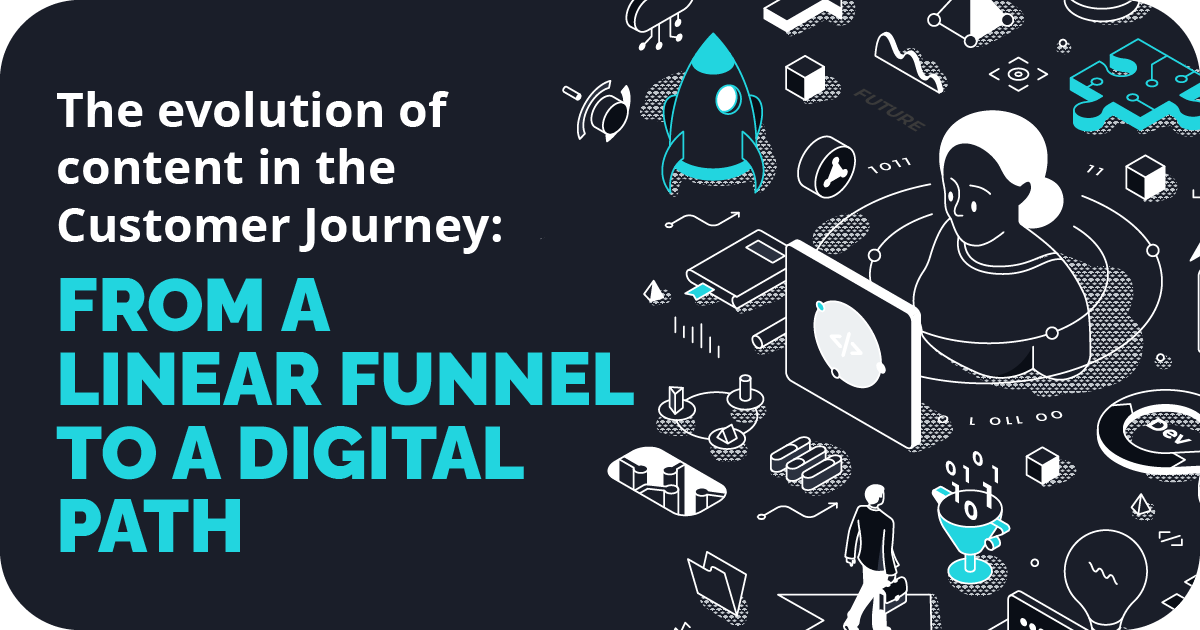


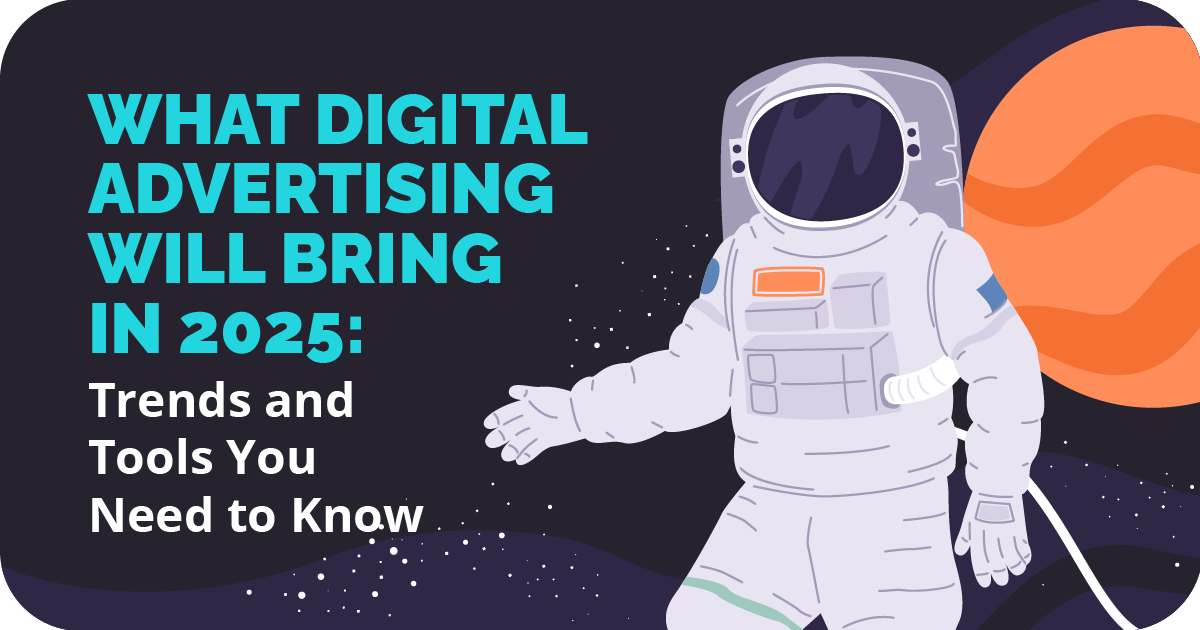



 The arrival of COVID-19 accelerated digital transformation all while bringing a new way for businesses and the media to conduct public relations (PR), in which it has become critical to have more accurate information, faster responses to unforeseen situations, and a more strategic, comprehensive, and intelligent media monitoring.
The arrival of COVID-19 accelerated digital transformation all while bringing a new way for businesses and the media to conduct public relations (PR), in which it has become critical to have more accurate information, faster responses to unforeseen situations, and a more strategic, comprehensive, and intelligent media monitoring. 

 It is no secret that strengthening a brand depends to a large extent on a solid communication strategy leveraged by public relations. Examples of this in the B2C sector are ample. Such is the case of companies like Apple, Samsung, Facebook and Tesla— which by their nature have their target audiences much closer to them. Therefore, it would be logical to think that if the target of a B2B company is not the end user, the strategy would change substantially.
It is no secret that strengthening a brand depends to a large extent on a solid communication strategy leveraged by public relations. Examples of this in the B2C sector are ample. Such is the case of companies like Apple, Samsung, Facebook and Tesla— which by their nature have their target audiences much closer to them. Therefore, it would be logical to think that if the target of a B2B company is not the end user, the strategy would change substantially. 4. Get to know what the public reads.
4. Get to know what the public reads.